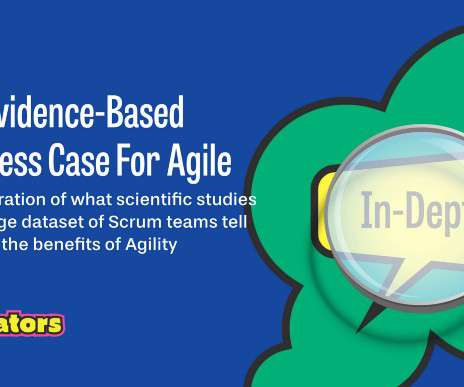In-Depth: The Evidence-Based Business Case For Agile
Scrum.org
OCTOBER 19, 2022
What is the business case for Agile teams? We think we do well to base our beliefs about Agile more on evidence. This post is our attempt to bring an evidence-based perspective to the business case of Agile teams. Each post discusses scientific research that is relevant to our work with Scrum and Agile teams.




















Let's personalize your content